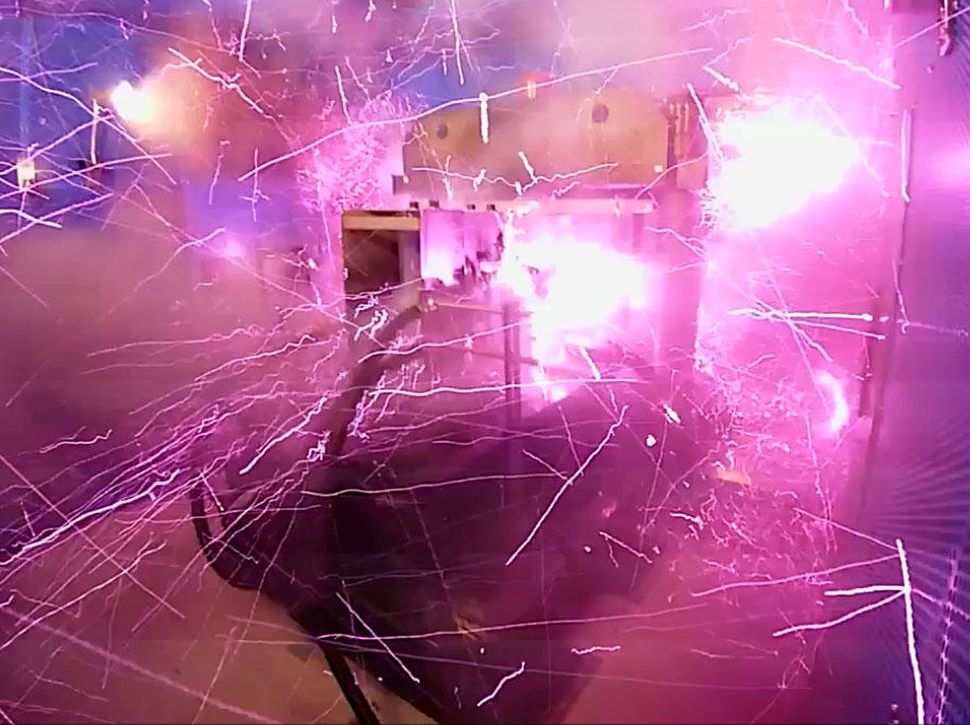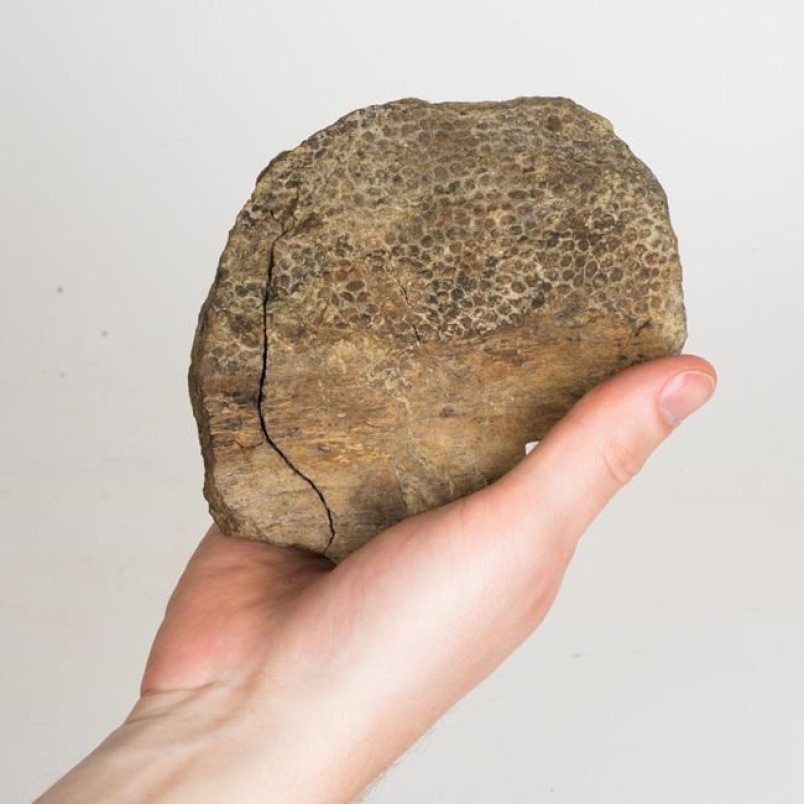
Scientists Accidentally Blow Up Their Lab With The Strongest Indoor Magnetic Field Ever.
Earlier this year, researchers at the University of Tokyo accidentally created the strongest controllable magnetic field in history and blew the doors of their lab in the process.
As detailed in a paper recently published in the Review of Scientific Instruments, the researchers produced the magnetic field to test the material properties of a new generator system. They were expecting to reach peak magnetic field intensities of around 700 Teslas, but the machine instead produced a peak of 1,200 Teslas. (For the sake of comparison, a refrigerator magnet has about 0.01 Tesla)
This is the strongest magnetic field ever generated in a controlled, indoor environment, but it’s not the strongest magnetic field produced in history. This honor belongs to some Russian researchers who created a 2,800 Tesla magnetic field in 2001.
In both the Japanese and Russian experiments, the magnetic fields were generated using a technique called electromagnetic flux-compression. This technique causes a brief spike in the strength of the magnetic field by rapidly “squeezing” it to a smaller size. This technique has been around since the 1940s, but in the early days it relied on using large amounts of TNT to generate an explosion powerful enough to compress the magnetic field. The downside of this technique was that it could only be done once since the explosion destroyed the equipment. Furthermore, it was difficult to reproduce and control the explosion.
Instead of using TNT to generate their magnetic field, the Japanese researchers dumped a massive amount of energy—3.2 megajoules—into the generator to cause a weak magnetic field produced by a small coil to rapidly compress at a speed of about 20,000 miles per hour. This involves feeding 4 million amps of current through the generator, which is several thousand times more than a lightning bolt. When this coil is compressed as small as it will go, it bounces back. This produces a powerful shockwave that destroyed the coil and much of the generator.
To protect themselves from the shockwave, the Japanese researchers built an iron cage for the generator. However they only built it to withstand about 700 Teslas, so the shockwave from the 1,200 Teslas ended up blowing out the door to the enclosure.
“I didn’t expect it to be so high,” Shojiro Takeyama, a physicist at the University of Tokyo, told IEEE Spectrum. “Next time, I’ll make [the enclosure] stronger.”
According to the researchers, this experiment not only provides insight into how different materials respond to strong magnetic fields, but may also find applications in the quest to produce fusion energy. Many leading fusion reactor designs require the application of strong magnetic fields on the order of thousands of Teslas for short periods of time, a requirement that the researchers said was “tantalizingly similar” to what they had produced.













